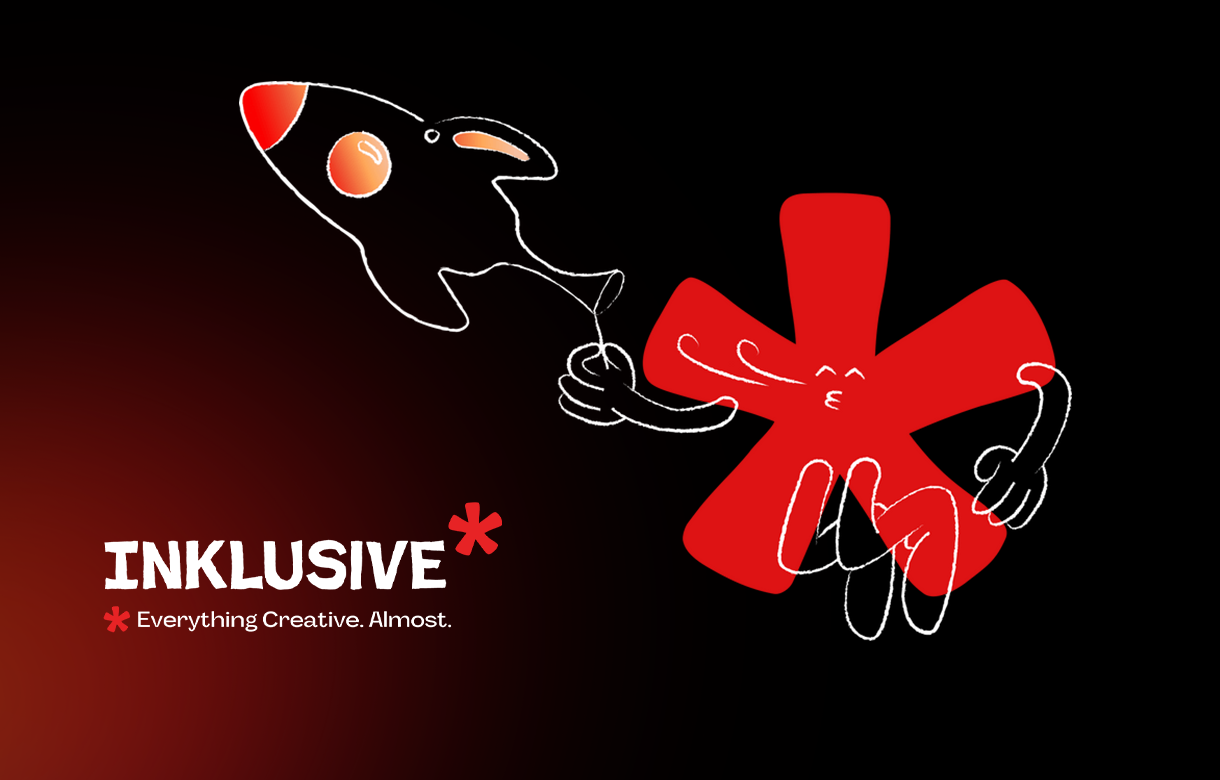Think about your company's potential to not just thrive in business, but also make a meaningful impact on global sustainability. Picture this - your professional polished reports and decks now serve a dual purpose by advancing global sustainability initiatives. This is a concrete possibility made real through Sustainable Development Goals (SDGs) reporting. Let’s explore how you can effectively measure and report SDG progress.
Importance of Sustainable Development Goals (SDGs)
The UN Sustainable Development Goals (SDGs), established in 2015, aim to tackle global challenges like poverty, inequality, climate change and more by 2030. For businesses, these goals provide a roadmap for sustainable practices that benefit both the environment and society. By incorporating SDGs into your reporting, you demonstrate a commitment to these global efforts and enhance your corporate responsibility. This not only boosts your brand’s reputation but also helps attract investors and stakeholders who prioritize sustainability.
The Sustainable Development Goals Report 2024 highlights the urgent need for action. Out of 169 targets, 135 can be assessed with available data and only 17% of these targets are on track to be achieved by 2030. Alarmingly, nearly half show moderate to severe deviations from the desired trajectory, with 18% experiencing stagnation and 17% regression.
In this challenging landscape, companies can stand out by showcasing their commitment to sustainability. By transparently reporting on their SDG progress, businesses can flaunt their efforts toward creating a sustainable future. This not only builds trust with stakeholders but also positions the company as a leader in corporate responsibility and sustainable innovation. Use your integrated reports to highlight achievements, set ambitious goals and share success stories that resonate with your audience, demonstrating your active role in addressing global challenges.
Understanding Integrated Reporting

An integrated annual report merges financial and non-financial data, offering a holistic view of a company’s performance. This reporting method emphasizes how a business generates value over time while aligning with sustainable development goals (SDGs). By including SDGs in your integrated report, you enhance transparency and accountability, showcasing your company’s commitment to long-term sustainable growth.
Integrating SDGs into your annual report goes beyond just financial metrics, encompassing environmental, social and governance (ESG) factors. Aligning your strategies with the UN SDGs allows your company to manage its contributions to global objectives more effectively. This strategic alignment helps pinpoint areas for improvement, set precise, measurable targets, and track progress consistently.
For example, if your company is in the manufacturing sector, focusing on SDG 12 (Responsible Consumption and Production) could be pivotal. Your integrated report might highlight initiatives aimed at reducing waste, improving resource efficiency and promoting sustainable product life cycles. Detailed sections could include metrics on material reuse rates, waste reduction targets and progress in implementing circular economy principles. Such detailed reporting provides stakeholders with a clear understanding of how your sustainability efforts contribute to global goals.
Incorporating SDGs into your integrated report not only enhances transparency and accountability but also positions your company as a leader in sustainable practices, fostering trust and engagement among stakeholders. This approach ensures your business remains competitive and relevant while contributing to a better, more sustainable world.
Curious about how your business can spearhead sustainability initiatives while achieving its goals?
At INK PPT, we elevate your reports and presentations into impactful tools that not only showcase your achievements but also drive global sustainability efforts.
How to Measure SDG Progress

1. Identify Relevant SDGs
Not all SDGs will be relevant to your business. Start by identifying which goals align with your company’s mission and operations. For instance, a tech company AT PARTNERS might focus on SDG 9 (Industry, Innovation, and Infrastructure), while a food manufacturer Afco Investment Co Ltd. might prioritize SDG 2 (Zero Hunger). Assessing the relevance of each SDG to your business will help you focus on the areas where you can have the most significant impact.
2. Set Clear Objectives
Once you’ve identified the relevant SDGs, set specific, measurable objectives. For example, if you’re focusing on SDG 13 (Climate Action), you might aim to reduce your carbon footprint by 20% within five years. Clear objectives provide a roadmap for your sustainability efforts and allow you to track progress effectively. These objectives should be ambitious yet achievable, ensuring that your company remains motivated and on track.
3. Use Established Frameworks
To ensure the precision and reliability of your Sustainable Development Goals reporting, it is essential to utilize established frameworks like the Global Reporting Initiative (GRI) and the UN Global Compact. These frameworks provide a robust set of indicators and metrics tailored for tracking SDG progress comprehensively. For instance, the GRI Standards offer specific disclosures related to environmental impacts, social criteria and governance practices, while the UN Global Compact outlines ten principles in areas such as human rights, labor, environment, and anti-corruption.
By adhering to these frameworks, your reporting aligns with global standards, enhancing its credibility and consistency. This alignment facilitates easier benchmarking against other organizations, enabling stakeholders to compare your progress meaningfully. For example, if your company tracks energy consumption as part of its sustainability efforts, utilizing GRI's specific energy indicators (such as GRI 302: Energy) ensures that your data collection and reporting are in line with international best practices.
4. Collect Data

Accurate and reliable data collection is the cornerstone of effective SDG reporting. Start by identifying key performance indicators (KPIs) relevant to your objectives. For example, if you are targeting SDG 6 (Clean Water and Sanitation), you might track metrics such as water usage, wastewater treatment, and water recycling rates. Employ consistent data collection methods to gather this information.
Leverage advanced digital tools and software to streamline the data collection process. For instance, using IoT sensors to monitor real-time water usage or implementing cloud-based platforms for tracking waste production can significantly enhance data accuracy. Ensure that your data is not only precise but also comparable over time to identify trends and areas needing improvement. This systematic approach enables you to build a comprehensive and actionable database for sustainability reporting.
5. Analyze and Report
Once the data is collected, a thorough analysis is crucial to assess progress towards your set objectives. Utilize statistical tools and data visualization techniques to interpret the data effectively. For example, if your goal is to reduce greenhouse gas emissions (GHG) as part of SDG 13 (Climate Action), detailed charts showing year-over-year emissions reductions, alongside narratives explaining the initiatives undertaken to achieve these reductions, can provide a clear and compelling picture.
Incorporate this analysis into your integrated annual report to present stakeholders with a transparent and balanced view of your SDG achievements. Highlight both the successes and challenges encountered. For instance, if your company successfully reduced energy consumption by 15% but faced setbacks in waste management, detailing these aspects transparently can build trust and demonstrate your commitment to continuous improvement. This comprehensive reporting approach ensures stakeholders have a clear understanding of your sustainability journey, reinforcing your dedication to achieving the Sustainable Development Goals.
Best Practices for Reporting on SDGs
Transparency is Key
When it comes to Sustainable Development Goals reporting, transparency is crucial. For example, the Sustainable Development Goals Report 2024 shows that while the global primary school completion rate has increased from 85% to 88%, only 17% of the targets are on track to be achieved by 2030. By disclosing both positive and negative impacts, such as the stagnation in progress for many targets, you build trust and credibility with stakeholders. Clearly explain any challenges faced during the reporting period and outline plans for improvement. For instance, if your company struggles with waste management, discuss the specific issues and your strategy to address them.
Align with Global Standards
Aligning your reporting with global standards like the Global Reporting Initiative (GRI) and the UN Global Compact ensures your report meets international expectations. For example, the GRI Standards provide specific indicators for environmental impacts, such as GRI 303 for water and effluents, which can help your company track and report on water usage accurately. This alignment not only enhances credibility but also makes your report comparable with those of other organizations, enabling stakeholders to evaluate your progress effectively.
Engage Stakeholders
Engage stakeholders throughout the reporting process to improve the quality of your report. This includes investors, employees, customers, and the wider community. For example, host workshops and seminars to educate employees about SDGs and gather their input on how to achieve these goals. Use surveys and meetings to get feedback from investors and customers. This engagement not only provides valuable insights but also fosters a sense of ownership and commitment to your sustainability goals.
Continuous Improvement
Treat SDG reporting as a continuous improvement process. Regularly update your objectives and strategies based on feedback and changing circumstances. For instance, the Sustainable Development Goals Report 2024 highlights the need for enhanced climate change and sustainability education. If your company is involved in education, you might revise your curricula to include more content on climate change and sustainability, ensuring your efforts remain relevant and effective.
Activities for Corporate Events to Promote SDGs
Incorporating activities for corporate events that promote SDGs can enhance employee engagement and showcase your commitment to sustainability. Here are a few ideas:
Workshops and Seminars
Host events focused on educating employees about SDGs and how they can contribute. These sessions can cover the importance of SDGs, your company’s specific goals, and practical steps employees can take to support these efforts. Inviting experts and thought leaders to speak can also provide valuable insights and inspiration.
Volunteer Programs

Organize volunteer activities that align with specific SDGs. For instance, community clean-ups can support SDG 15 (Life on Land) by promoting biodiversity and reducing pollution. Such activities benefit the community and foster a sense of teamwork and purpose among employees. Encourage regular participation by choosing activities that resonate with your company’s values and goals.
Sustainability Challenges
Create challenges that encourage employees to adopt sustainable practices, such as reducing waste or conserving energy. For example, you could launch a challenge to reduce office waste by 20% over six months, offering rewards and recognition for employees who excel. These challenges can be gamified to make them more engaging and fun, and they can also be extended to customers and partners to amplify your impact.
By implementing these best practices and activities, your company can effectively measure, report, and promote progress towards the Sustainable Development Goals, driving both business success and positive social impact.
FAQs
How can I incorporate SDG metrics into my company's presentations effectively?
To incorporate SDG metrics effectively, use established frameworks like the Global Reporting Initiative (GRI) and the UN Global Compact for consistent and credible data. Highlight key performance indicators (KPIs), visualize data using charts and graphs, and align your company’s goals with specific SDGs.
What are the benefits of using SDG decks in our annual reports and presentations?
Using SDG decks in your reports and presentations enhances transparency, demonstrates corporate responsibility, and aligns your company with global sustainability efforts. This can improve stakeholder trust, attract sustainability-focused investors, and ensure long-term growth.
How can INK PPT help in creating presentations that highlight our progress towards the SDGs?
INK PPT offers professional design services to create stunning, data-driven presentations. We can help you visualize your progress towards the SDGs with compelling graphics, clear narratives, and strategic storytelling to effectively communicate your sustainability efforts.
What role does visual storytelling play in SDG presentations?
Visual storytelling is crucial for making complex data understandable and engaging. It helps convey your sustainability journey effectively, highlighting key points through visuals, infographics, and well-structured slides that resonate with your audience.
Can INK PPT customize SDG decks to align with our specific industry and business goals?
Absolutely. INK PPT specializes in creating customized presentations tailored to your industry and business objectives. We ensure that your SDG decks reflect your unique goals, metrics, and strategies, providing a powerful tool for communicating your commitment to sustainability.
Ready to take your sustainability efforts to the next level? Start integrating Sustainable Development Goals reporting into your integrated annual report today. Contact INK PPT and Let’s make a difference together!
Integrating sustainability development goals into your integrated annual report is more than just a reporting task; it’s a commitment to a better future. By measuring and reporting your SDG progress, you not only contribute to global goals but also build a stronger, more resilient business. Embrace transparency, engage your stakeholders, and make sustainable development a core part of your corporate strategy.











.jpg)
.jpg)

.png)

.png)

.jpg)







%20(1).jpg)






%20(1).png)